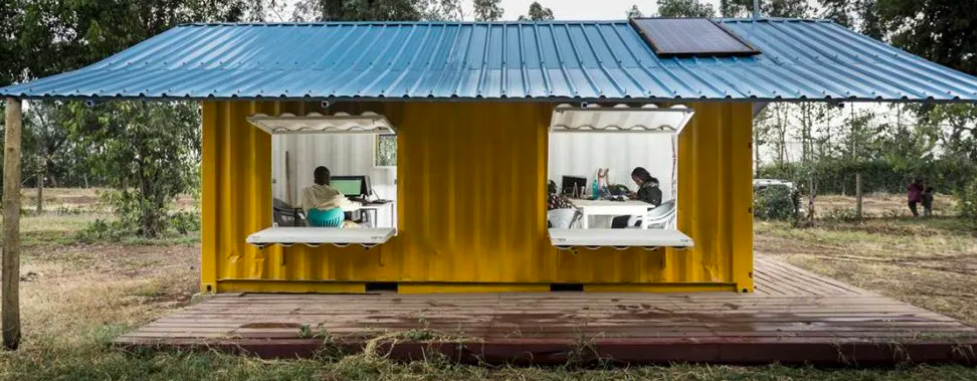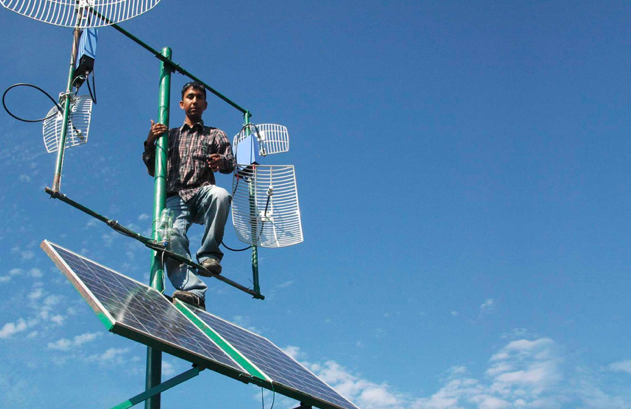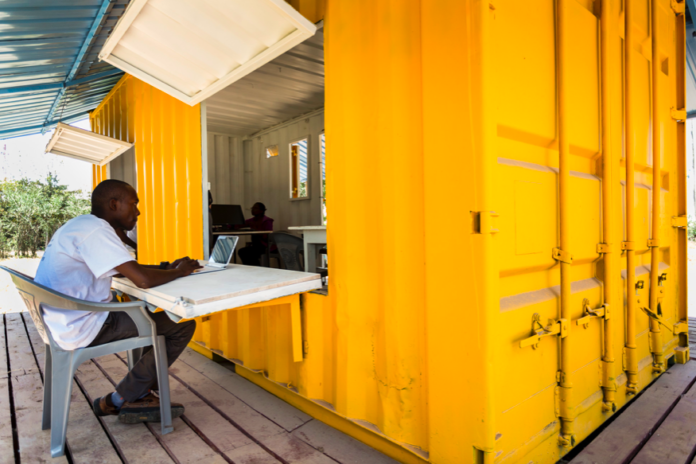By Winnie Kamau
Nairobi, Kenya:In the heart of Kenya, a revolution is brewing in the world of technology through “White Spaces”. These are unused but assigned spectrums, often referred to as idle spectrums, that exist in specific locations at particular times.
This technology dubbed Television White Spaces (TVWS) denotes the segment of frequencies within the ultra-high frequency (UHF) band, ranging from 470 to 694 MHz, that remain unutilized by licensed TV services. Due to the geographical variability in channel assignments to TV broadcasters, not all allocated channels are actively employed. This variability results in the emergence of “white spaces,” where channels not designated for broadcasting services become potentially available for alternative wireless uses.
The Communications Authority of Kenya (CA) report has developed a framework to allow service providers offering Internet services to access these “white spaces”, ensuring they do not cause harmful interference to the licensed services in the TV band. The availability of TVWS can change based on geographic location and time, adding an element of suspense to our tale.

This approach to spectrum management allows radio frequency (RF) spectrum to be used by another entity when it is not being utilized or is not being made use of at particular times and locations by the incumbent users.
This form of dynamic access to broadband offers multiple users the ability to share available “White Spaces” in different radio bands, eliminating scarcity while increasing the potential of maximum exploitation of the RF spectrum.
According to CA “We have adopted an administrative fee for master devices only, in line with the frequency fee schedule and the Kenya Information and Communications (Radio Communications and Frequency Spectrum Regulations 2010). Each authorized master WSD will be subjected to an annual fee of KES. 10,000” the statement states.
Who are the TVWS Equipment Vendors?
There are many vendors of TVWS. Major vendors include Adaptrum, 6Harmonics, Carlson Wireless and Radwin.
The White spaces can provide cost-effective broadband connectivity and telemetry for Internet of Things (IoT) solutions. With the TVWS spectrum in both the VHF and UHF bands being below 1 GHz, it provides better radio frequency (RF) propagation, allowing for reliable, cost-effective, and better coverage in rural areas. TVWS has been identified as the most efficient solution for broadband access for a large fraction of the rural areas in most countries.
Licensed bands are exclusively assigned to operators by the Communications Authority of Kenya (CA). A license is given to an entity for its exclusive use of a channel in a specific area or location and protected from interference. Unlicensed bands of spectrum are used on a shared non-exclusive basis subject to compliance with the technical standards or guidelines set by the regulator. In the context of “white spaces”, the users of such an “unlicensed” spectrum must be regulated to avoid harmful interference to any licensed services assigned the access.
TVWS deployments and Success of deployments that have been done in Kenya
Commercial deployments are planned for 2022, earlier on multiple tests and trials were authorized. The first trial was conducted between 2013 and 2015 under the Mawingu project that was led by Microsoft East Africa through the Microsoft 4Afrika initiative.
CA issued Microsoft East Africa Limited a trial authorization at the time on the 19th of August 2013 to test the technology together with Indigo Telecom for one year. The Mawingu project which eventually led to the establishment of Mawingu Networks as an ISP, was provided an extension for another year between November 2014 to December 2015.

On the other hand, in November 2016, CA also permitted another TVWS trial countrywide by the Broadcast Signal Distributors – Signet and PANG were allowed to collaborate with telcos in Kenya and pilot TVWS networks. Mawingu Networks also piloted TVWS networks further in 2018-2019 in Embu as well as in 2020 in Nanyuki during the validation of the draft framework for TVWS.
According to CA, all pilots conducted in the country (until 2020) have all been successful and did not cause any interference to the incumbents (primary services). Although all the trials before 2018 did not make use of geolocation databases, they still did not cause interference to the DTT services.
Successfully, the Mawingu project connected some schools, hospitals, a library and the Red Cross leveraging TVWS technology in the rural Laikipia and Nyeri counties. The TVWS network was implemented in a point-to-multipoint (PtMP) fashion and leveraged solar energy to power the base stations.
Hence, the pilots have demonstrated technical viability of TVWS with the PtMP coverage of about 14-20 km achievable with TVWS base stations transmitting at 2.5 Watts (34 dBm). The allowed transmission power in the regulations is 42 dBm (4W) which can practically cover a range of 30 km with a reasonable CPE antenna gain of about 11dB. The Internet speeds released from the network range from 16 – 20 Mbps on a single 8 MHz channel.
What is a Geolocation Database (GDB) and the Service Providers of GDB
A Geolocation Database (GDB) is a database listing the frequencies allowed for TVWS use at any time and location. The intention of such a database is to enable the WSDs to opportunistically exploit the white space spectrum without interfering with the primary services.
The GDB, therefore, takes the responsibility of 5 intensive data processing e.g. identifying the white space spectrum and computing the allowable transmission parameters as well as the period of validity of the parameters for the WSDs. The WSDs need to provide their location information to the GDBs for the frequencies of use and the transmission requirements to be provided by the GDB. Figure 3 shows A TVWS network with a GDB.
Presently, there are several geolocation database service providers globally. Based on the procedure for Qualification of Geolocation Databases for Kenya, only one GDB that is Fairspectrum has been approved at the moment to operate in Kenya.
CA shall qualify other GDB providers who can demonstrate that their database solution meets the minimum requirements to reliably provide information on the availability of TVWS to the WSDs. CA says they will monitor the performance of the GDBs to determine possible ways of improving the framework.














